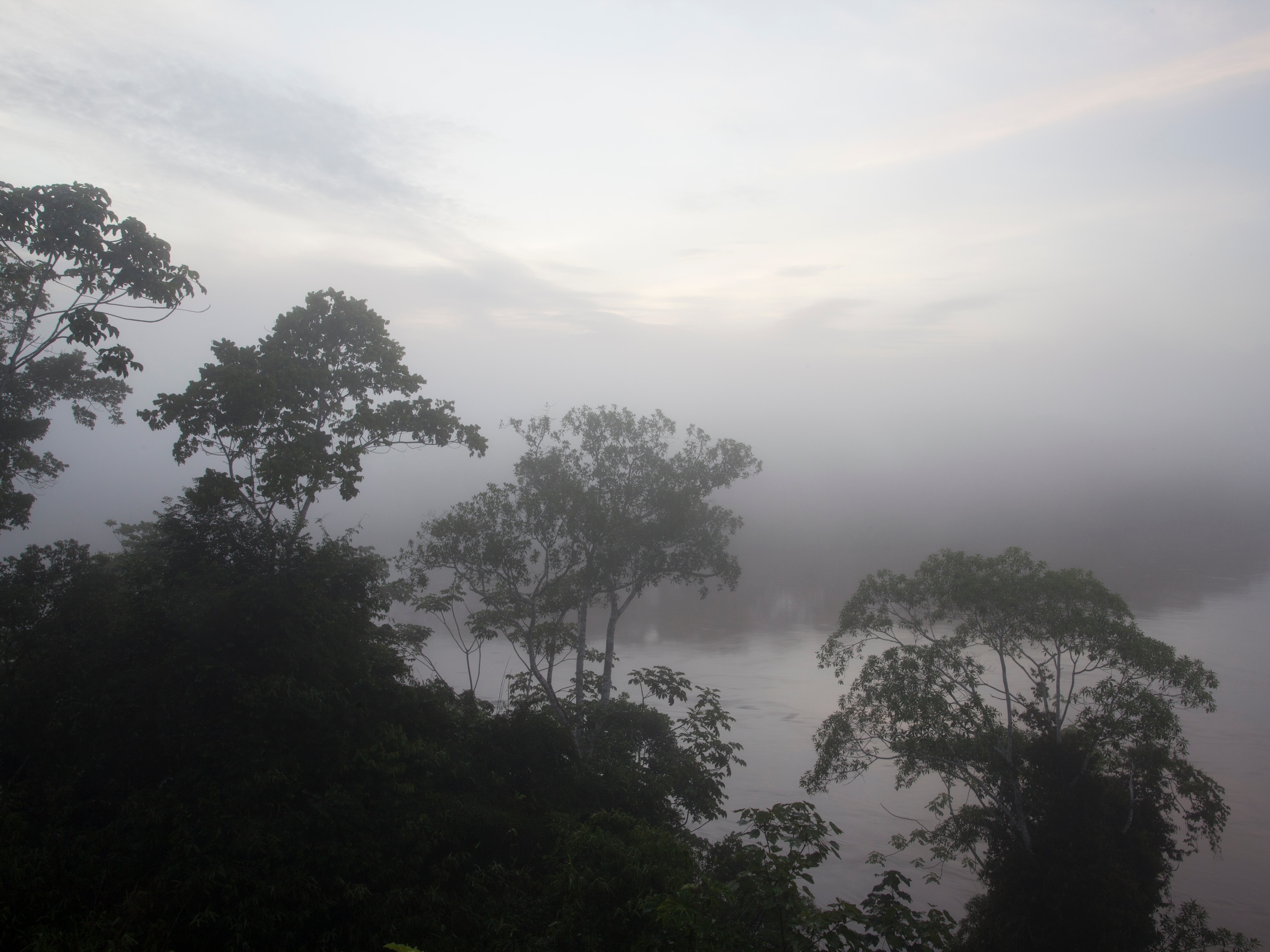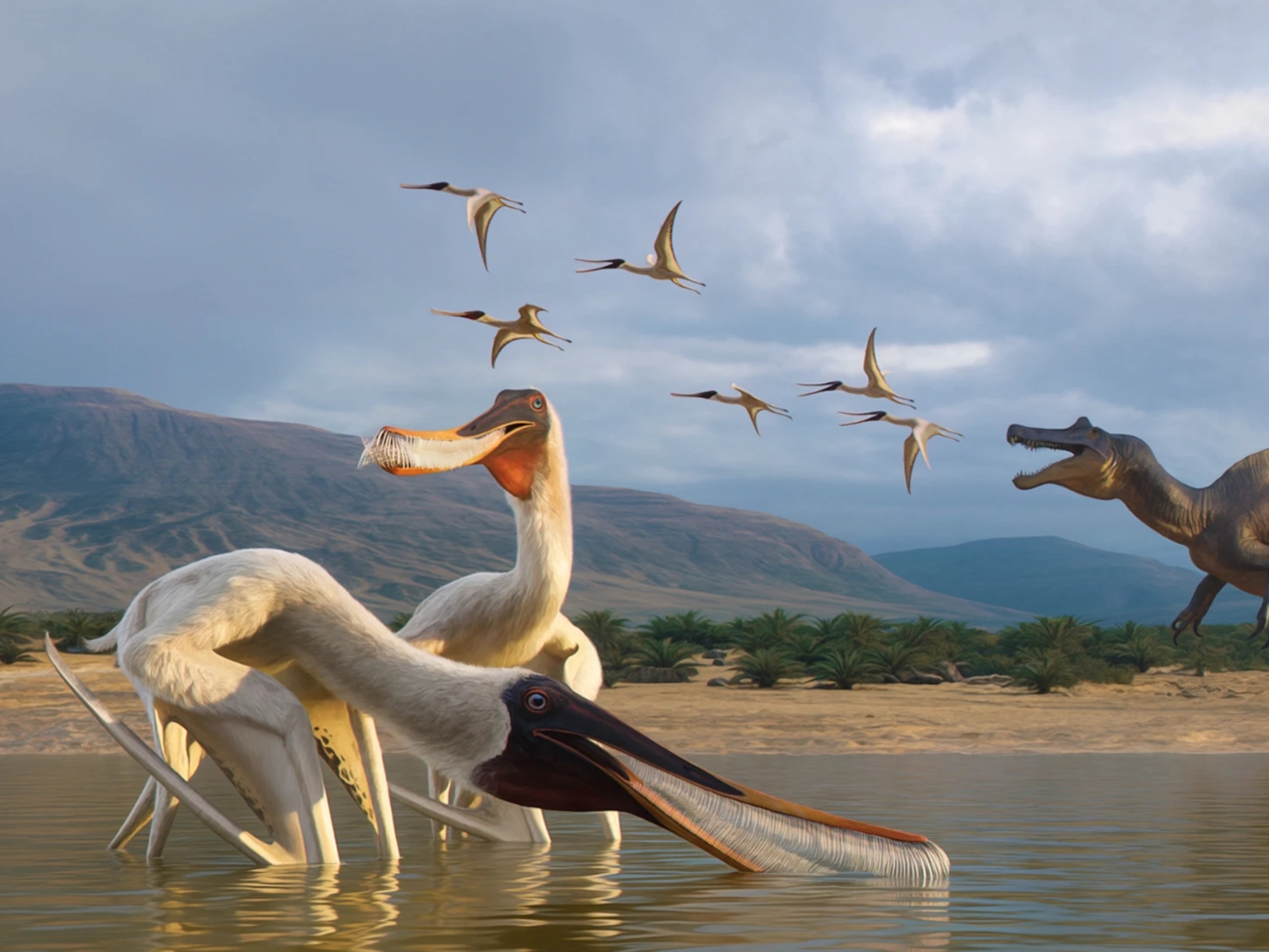Taking coffee from bean to cup is a complex process. A wealth of knowledge is needed to grow, harvest, and process those beans. In Zimbabwe, drought and economic crisis all but wiped out the coffee industry, and much of that essential knowledge with it. Agronomist Tafadzwa Nyakuchena works with the Nespresso AAA Sustainable Quality™ Program to help farmers regain that knowledge and learn updated methods, leading to better beans and the revitalization of the country’s coffee industry.
“Zimbabwe has the ideal climate and good soils to grow coffee,” Tafadzwa says. “The cool temperatures, high rainfall, and lush valleys of the Eastern Highlands provide a rich growing environment.” He has worked with the Nespresso AAA Program since 2018, as part of the Nespresso AAA Academy, administered by Nespresso and TechnoServe, an international nonprofit that works to combat poverty in the developing world. The academy provides agronomic advice and training to coffee farmers in Zimbabwe, with the goal of revitalizing the country’s once-flourishing coffee sector and improving the livelihoods of local residents in the process.
By sharing his technical expertise on coffee agronomy and processing with farmers in the Mutasa district, Tafadzwa helps them produce some of the highest quality beans, which in turn brings them a higher price and helps develop the community. Tafadzwa has been able to provide much needed support in several key areas: hole preparation for planting, providing the right amount of shade for the coffee trees, pruning unwanted branches, and inspecting for pests and diseases. The farmers are also now using natural and biological pest management methods, carefully analyzing their soil for nutritional deficiencies, and practicing better crop hygiene by removing old, dried-out cherries from the coffee trees.

For twenty years, Zimbabwe’s coffee farms struggled to stay viable. Now, thanks in part to the outreach by Nespresso and the academy, the crop is truly coming back: More farmers are taking part in the academy’s learning modules and preparing to plant coffee every season—especially young people, who now see their future in coffee. Tafadzwa’s work has motivated a group of youths to establish a coffee nursery using their own resources. “I never thought I will be a coffee farmer, because there is a time I remember my parents got nothing from the hard work they did on coffee,” says Fanuel Munyuki, one of the youths. “But now things are different.”
Despite the complexities of coffee farming, it is a crop that once again holds a high level of appeal for farmers. Over the two years that the AAA program has operated in the area, increased coffee profits have benefited the wider community: more children are in school, locals have better access to healthcare, and there is pooled investment in efficient agricultural equipment. In the Mutasa district the future looks bright, as those who attend AAA training sessions often stay to discuss other opportunities for economic development, including job opportunities on both expanding, and newly established, coffee farms.






